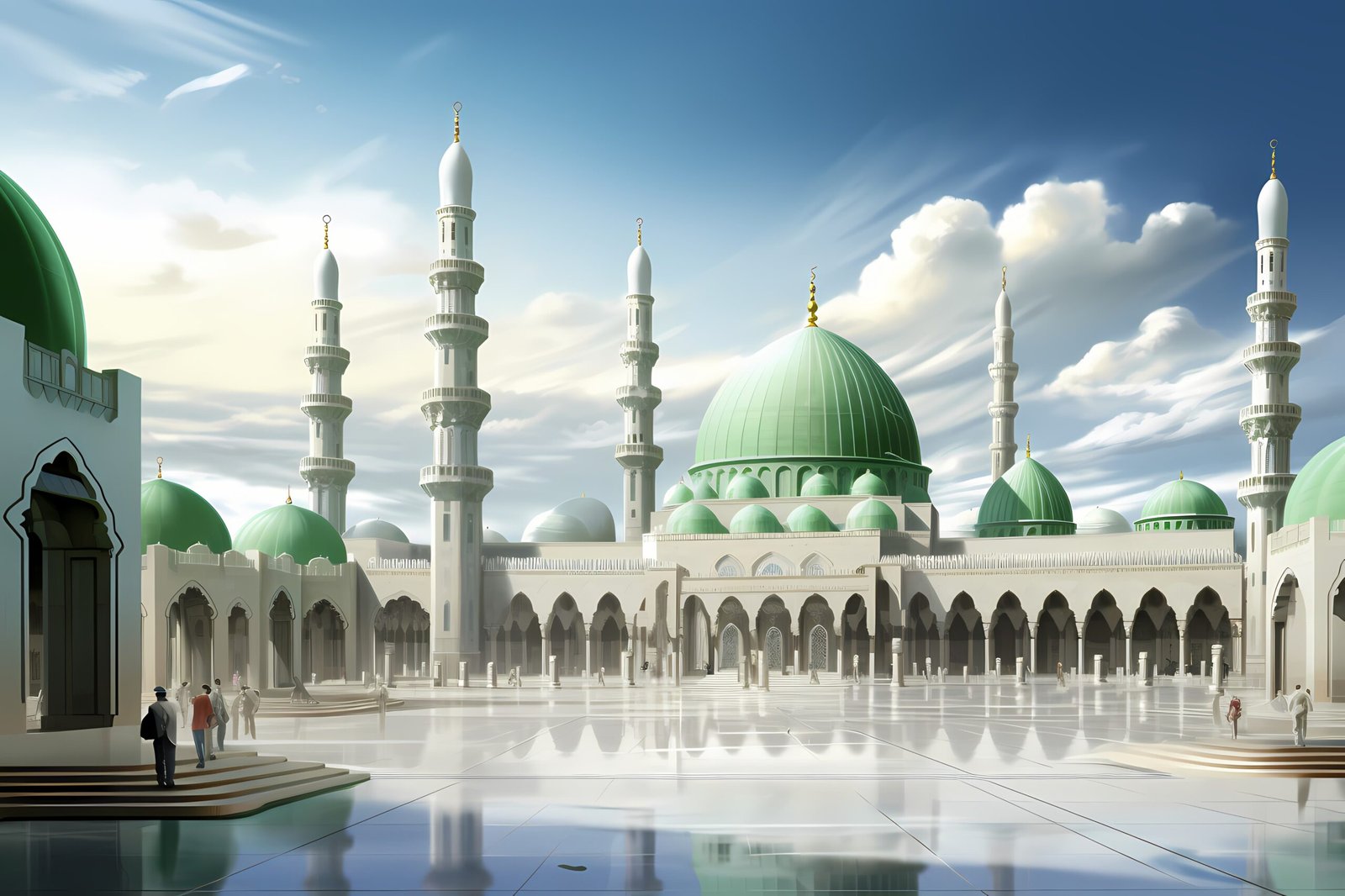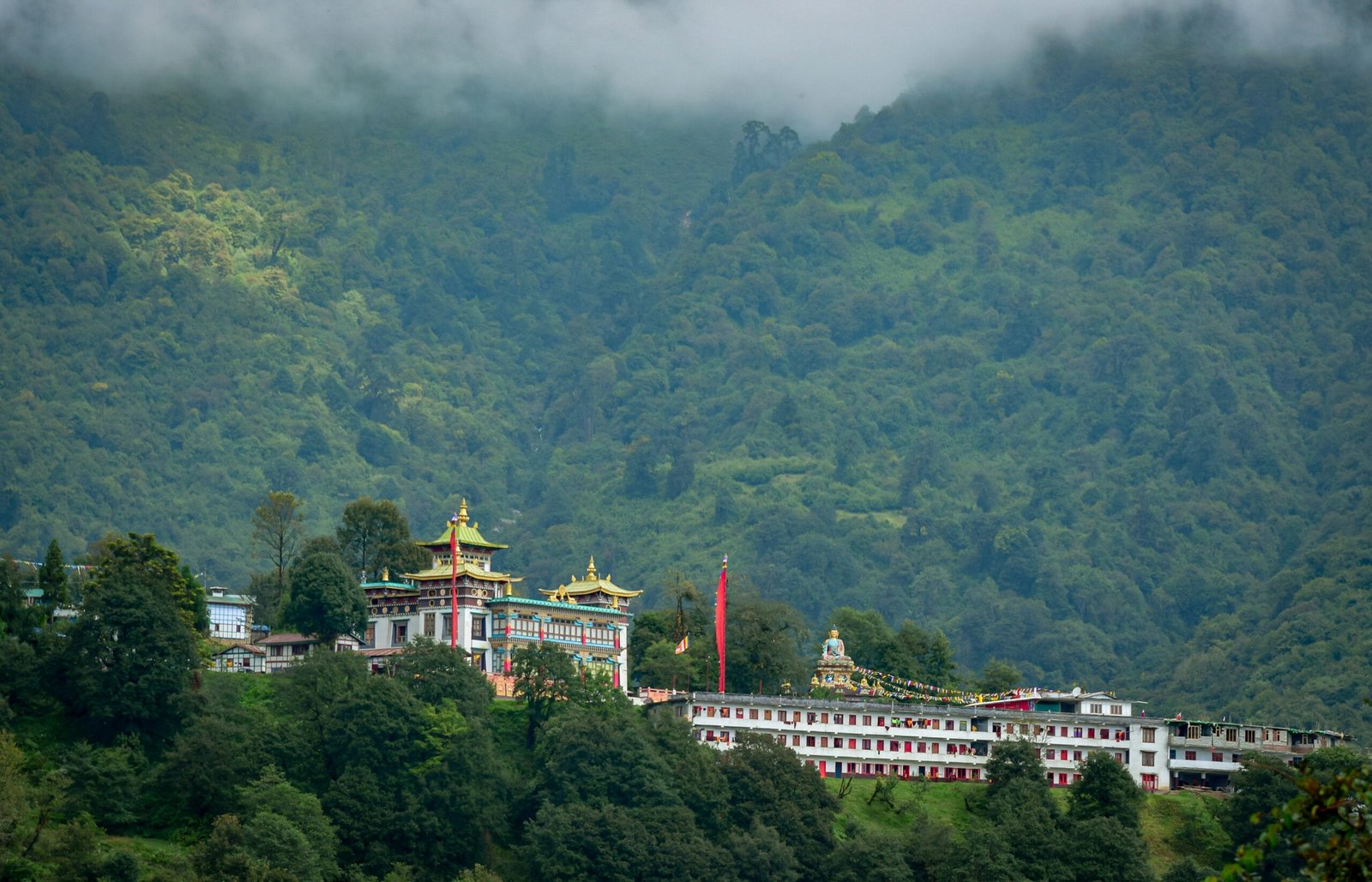Ladakh, often referred to as “The Land of High Passes,” is a destination that draws adventure enthusiasts from around the world. Among its many trekking routes, the frozen river trek Ladakh stands out as one of the most unique and thrilling experiences. This trek takes adventurers through frozen rivers, ice-covered landscapes, and remote villages, offering a mesmerizing experience that combines natural beauty with physical challenge. Whether you’re an avid trekker or someone looking for a once-in-a-lifetime adventure, the frozen river trek in Ladakh offers an unforgettable journey.
What is the Frozen River Trek Ladakh?
The frozen river trek Ladakh is a winter trek that follows the path of the Zanskar River, which freezes over in the cold winter months. This ancient trade route was once used by locals to travel between the remote villages of Zanskar and Leh. During winter, the river becomes a solid sheet of ice, creating a natural path through one of the most pristine and rugged landscapes in the world. The trek spans around 80 kilometers and typically takes about 9 to 12 days to complete, depending on the pace and weather conditions.
The trek is not only physically demanding but also deeply immersive in terms of culture and natural beauty. Travelers walk along the frozen river, passing through narrow gorges, frozen waterfalls, snow-capped mountains, and small, isolated villages. The serene beauty and isolation of the trek make it a spiritual experience as much as an adventure.
Best Time to Do the Frozen River Trek
The best time to undertake the frozen river trek Ladakh is between January and February. During these months, the Zanskar River is fully frozen, providing the perfect surface for trekking. The temperatures during this period can dip as low as -25°C, and trekkers must be prepared for the extreme cold. While the cold temperatures might be challenging, they also enhance the beauty of the trek, with crystal-clear ice surfaces and snow-covered landscapes that are truly breathtaking.
What to Expect During the Trek
The frozen river trek Ladakh takes you through some of the most remote and untouched regions of India. As you walk along the frozen Zanskar River, you’ll pass through narrow canyons, massive ice walls, and frozen waterfalls that appear to be frozen in time. The scenery is otherworldly, with snow-covered mountains towering over you on either side, and the stark, barren beauty of the region adds to the sense of solitude.
The trek involves walking on the frozen river, which can be tricky in places where the ice is thin or cracked. However, the route is generally well-marked, and experienced guides will ensure trekkers are safe at all times. The trek also involves a few challenging ascents and descents, so a moderate level of fitness is required.
One of the most unique aspects of the frozen river trek Ladakh is the opportunity to interact with the local Zanskari people. The Zanskar Valley is home to a small population that has lived in this remote region for centuries. The trek provides a glimpse into their way of life, and trekkers often visit local monasteries, villages, and homes to experience the warmth and hospitality of the residents, despite the harsh climate.
What to Pack for the Frozen River Trek
The frozen river trek Ladakh is a winter adventure, and preparation is key. Here’s a list of essentials to pack for the trek:
- Layered Clothing: The cold temperatures require proper insulation. Pack thermal innerwear, woolen clothes, a waterproof jacket, and warm gloves and hats.
- Footwear: Insulated trekking boots are essential to keep your feet warm and dry.
- Trekking Poles: These are useful for balance, especially when walking on icy surfaces.
- Sleeping Bag: Choose one that can handle sub-zero temperatures.
- Snacks and Water: Carry high-energy snacks like nuts and dried fruits. While you’ll be passing through villages, having extra food and water is always a good idea.
- First Aid Kit: Include basic medications, bandages, and any personal prescriptions.
- Headlamp and Batteries: With limited daylight hours, a good headlamp is necessary.
- Sunscreen and Sunglasses: Even in winter, the sun’s reflection on the snow can cause sunburns.
The Challenges of the Frozen River Trek
While the frozen river trek Ladakh is an extraordinary adventure, it is not for the faint of heart. The extreme cold, challenging terrain, and remote locations make it a physically demanding trek. The thin air of Ladakh, at altitudes ranging from 3,500 to 5,000 meters, can cause altitude sickness, so trekkers need to acclimatize properly before starting the trek.
Walking on the frozen river can also be challenging, as the ice can be slippery, and in some areas, it may have cracks or uneven surfaces. Additionally, the absence of proper roads means that trekkers will have to be fully self-sufficient for most of the journey. Trekking in such isolation can be mentally taxing as well, but it also offers a sense of tranquility and connection with nature that is hard to find elsewhere.
Why the Frozen River Trek Ladakh is Worth It
Despite the challenges, the frozen river trek Ladakh offers a once-in-a-lifetime experience. The trek’s unique combination of physical challenge, breathtaking landscapes, and cultural immersion make it a truly memorable adventure. For many trekkers, walking on the frozen Zanskar River and seeing the frozen waterfalls and icy gorges is the highlight of the journey.
The quiet and peaceful atmosphere, far removed from the bustling cities, offers a rare opportunity to connect with nature and oneself. Additionally, the interaction with the local Zanskari people, who live a simple yet resilient life in such harsh conditions, adds a cultural layer to the experience that many trekkers find deeply enriching.
Conclusion
The frozen river trek Ladakh is undoubtedly one of the most remarkable trekking experiences in India. From walking on the frozen Zanskar River to exploring ancient monasteries and interacting with the resilient people of Ladakh, this trek offers everything an adventure seeker could ask for. While it demands preparation, fitness, and a spirit of adventure, it rewards trekkers with unparalleled beauty and an unforgettable journey through one of the most pristine and untouched places on Earth.













Leave a Reply